Affiliate links on Android Authority may earn us a commission. Learn more.
Smartphone buyer’s guide: How to pick your first (or next) phone
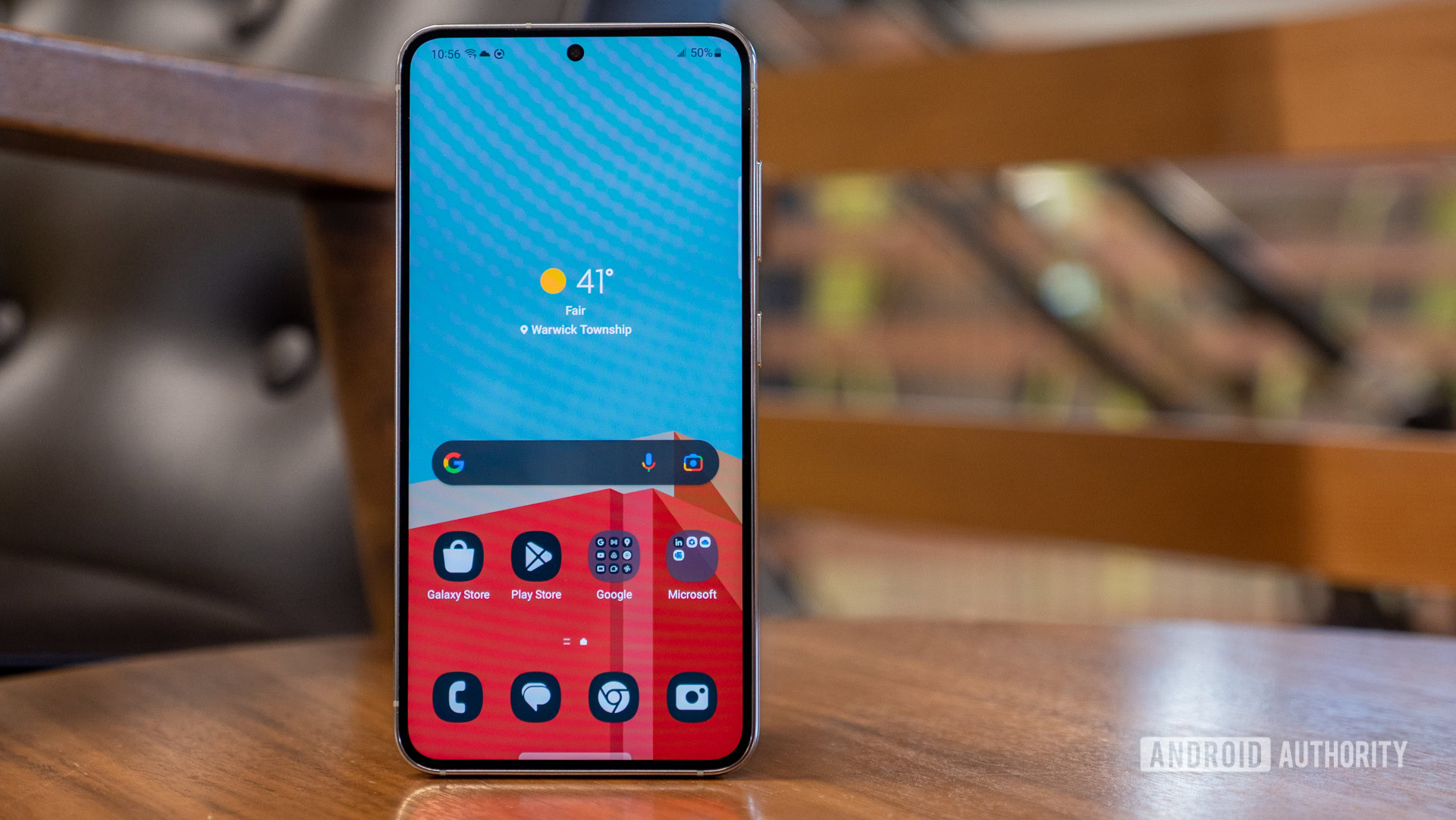
Buying a new smartphone can be a daunting process, especially if you don’t know a lot about technology. There are many phones available from various brands at different price points, each one aimed at a specific demographic. So, which handset to choose?
We’re here to help, with this guide on how to choose your first — or next — smartphone. We’ll go through all the main features you need to know about and guide you through a step-by-step process that will narrow down your options to just a handful, making your purchase decision a lot easier.
Choosing software: Android vs. iOS
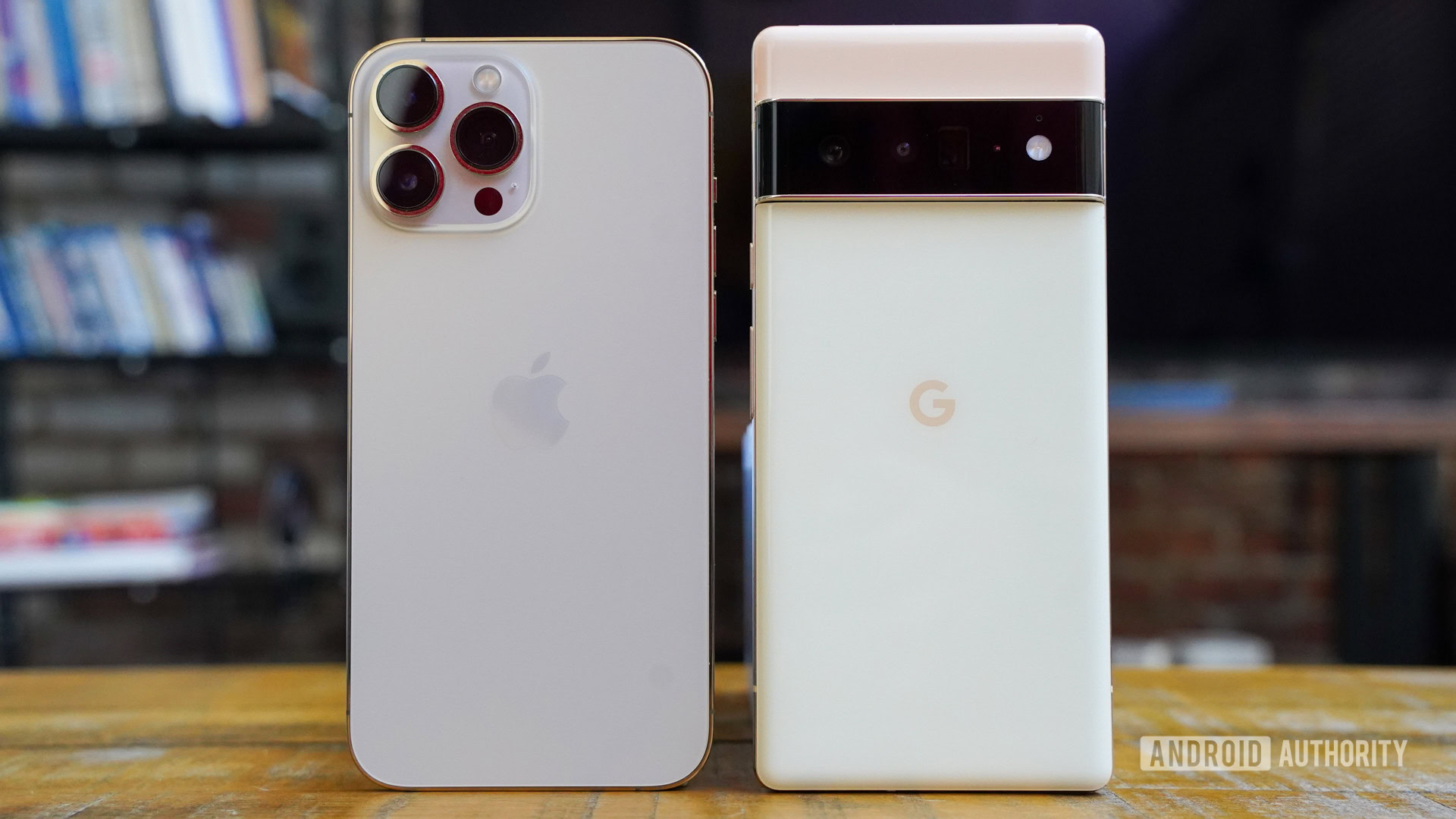
Let’s get the most fundamental decision out of the way: choosing which operating system/platform you want to opt into. The two most popular mobile operating systems are Google’s Android and Apple’s iOS, and this decision will heavily influence which phone you’ll get.
When comparing iOS and Android, it comes down to personal preference, security, ease of use, and the update cycle by the manufacturer. Here at Android Authority, we prefer Google’s OS, although we admit iOS has its perks. Generally speaking, iOS is the best operating system for ease of use, while Android is the best if you’re looking for more customizability as well as variety in buying options.
iOS offers a simple, minimal experience with the perk of fast and timely updates and the best integration with Apple’s other devices such as Macs, Apple Watches, and iPads. iOS devices are also generally supported for major software updates for up to six years, which is far better than what most Android manufacturers offer.
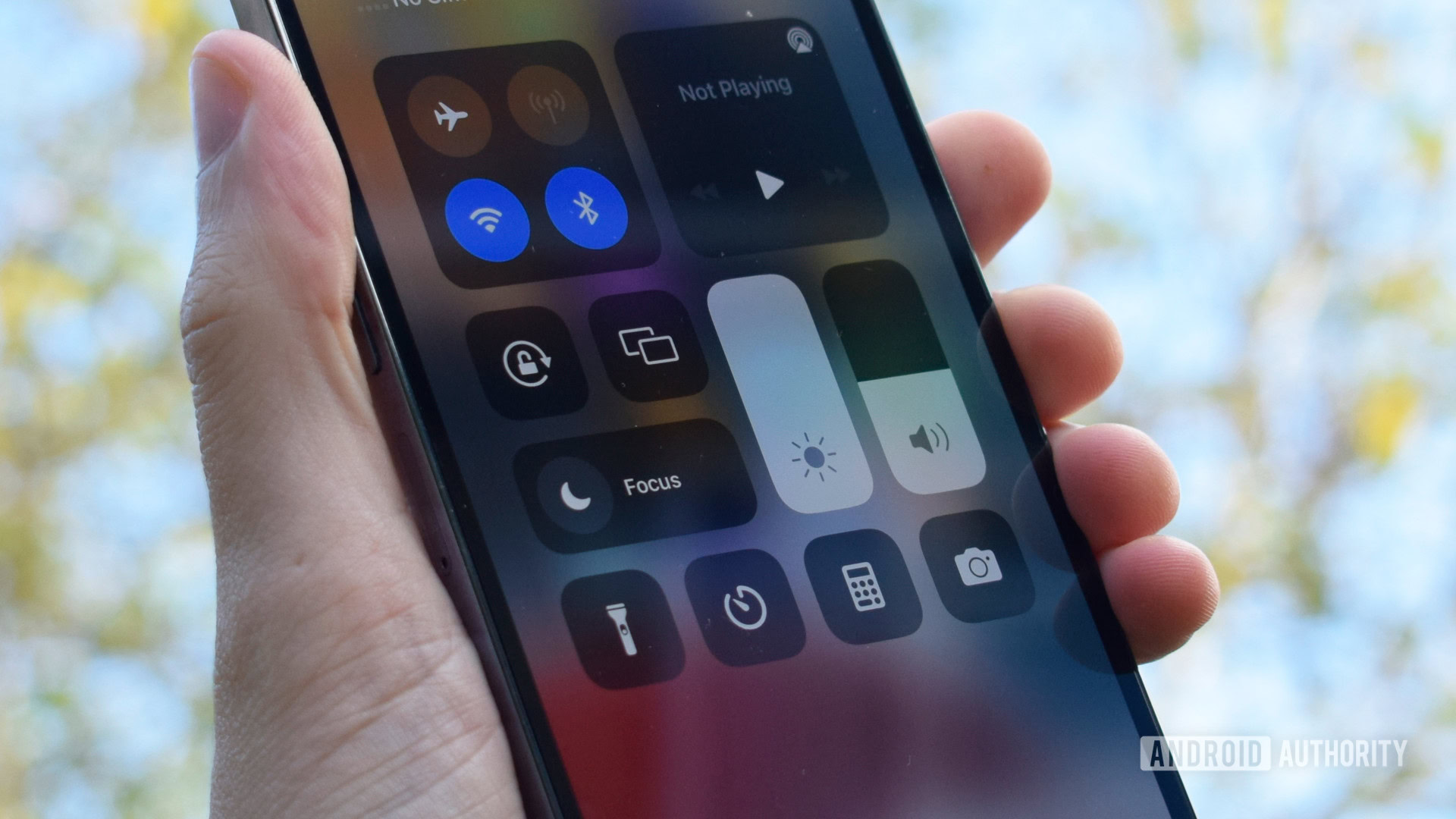
That being said, you’ll be limited to the look and feel of the operating system from day one. Even with iOS’ additions of widgets and custom icons, the customizability of iOS is still far behind that of Android. Above all, you’re limited in hardware choices — iOS is only available on the iPhone, which means you can only choose from what Apple offers at any given moment.
When it comes to Android, things get a lot more interesting. With Android, you’ll be able to select from a wide range of devices across a larger range of prices. This means you can pick up a device that fits your needs without having to spend extra on something that won’t suit your use case.
You can buy the latest flagship Samsung phone with all the bells and whistles, or you can get a mid-range Google Pixel that offers all the fundamentals at a reasonable price. You can also get a cheap $100 phone that will still allow you to surf the web and check social media. The point is that you’re in control of how much you want to spend on a smartphone, and within each price category, there are some great options to choose from.
Android also lets you customize your device with more emphasis — this has been especially true since Android 12 brought the Material You redesign. Additionally, Google’s OS lets you can change everything from icons to the color palette of the entire system, and choose from a variety of widgets that have a level of customizability of their own. The possibilities of making your phone your phone are endless.

That said, because of how diverse the hardware selection of Android is, software support and updates are still a point of weakness. Depending on your manufacturer and device, you’ll get a maximum of up to four years of software and five years of security updates, although most manufacturers offer less than that. Furthermore, many Android OEMs bloat the device with unnecessary apps and features that take away from a focused experience.
Our favorite iOS devices right now are the iPhone 14 series (the iPhone 15 is out!), while our favorite Android devices are the Pixel 7 Pro and Samsung Galaxy S23 series. These handsets offer some of the best hardware for their respective operating systems and have a bunch of unique software features to make them stand out.
Choosing the right hardware
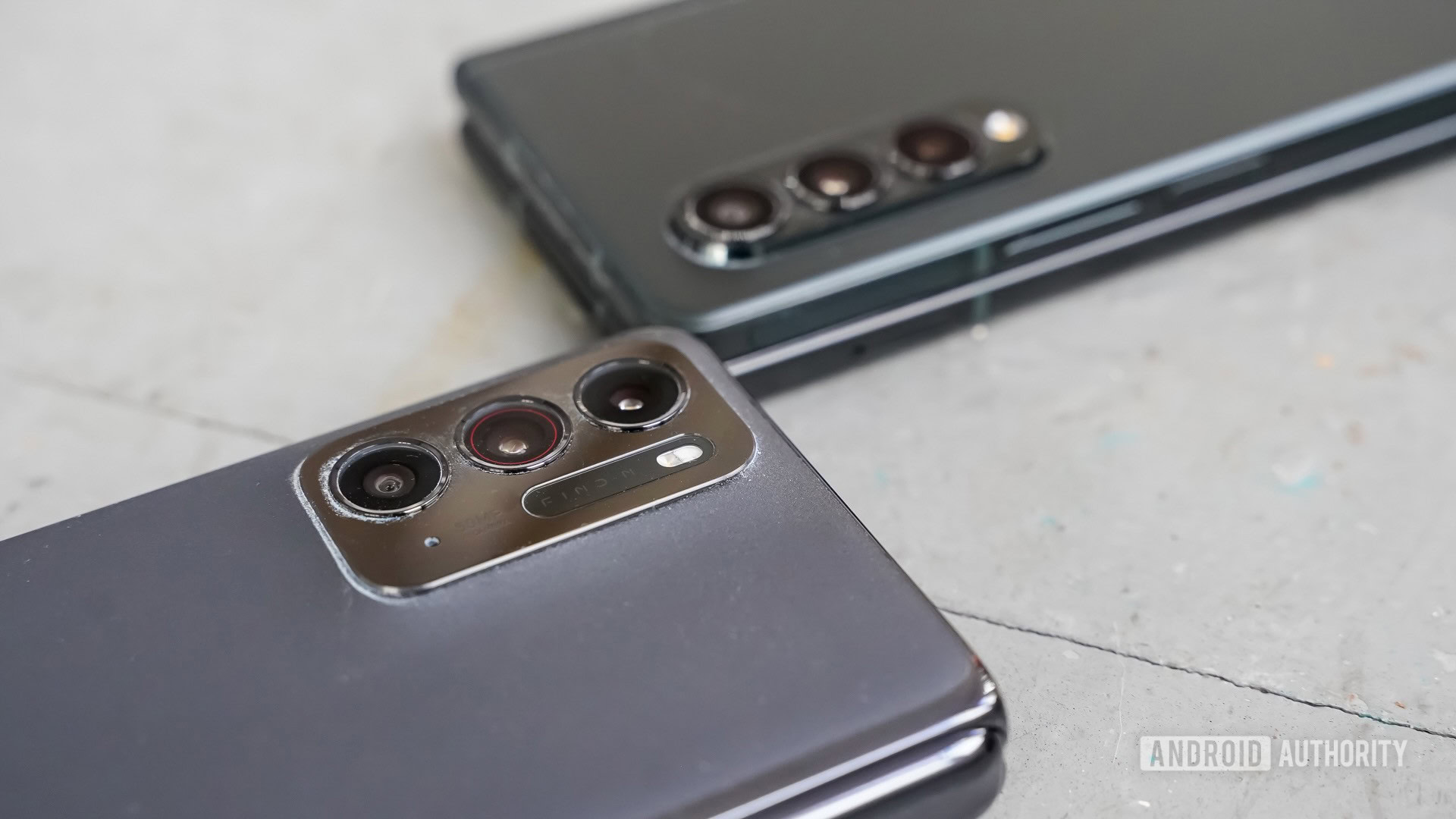
Now that we have software out of the way, let’s get into the elements that make up a good smartphone experience. Aside from software, the five other pillars of a great smartphone are the design, cameras, display, performance, and battery. In this section, we’ll highlight what to look for in each of these categories when picking up your new phone.
Design
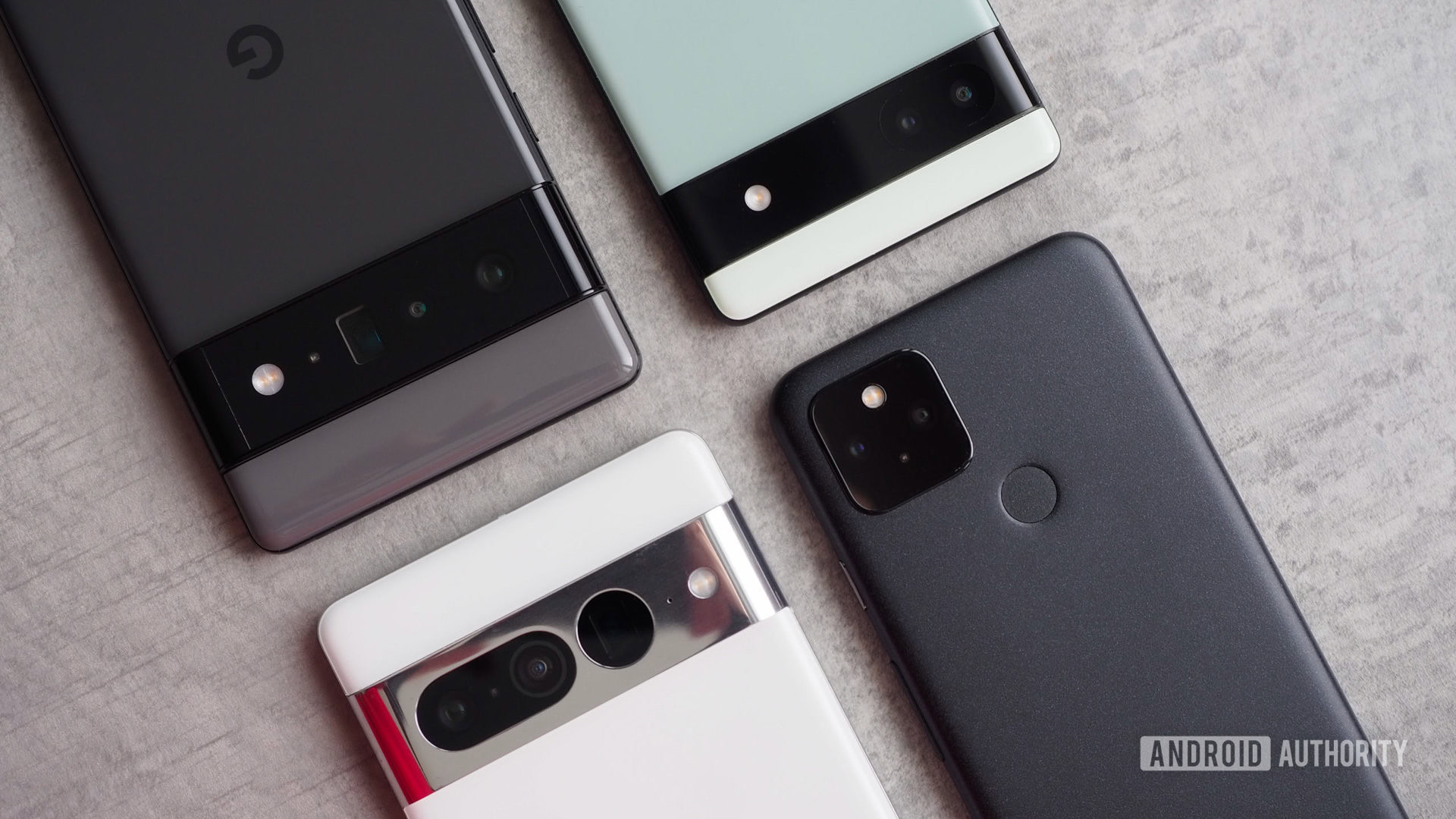
By far, design is the most subjective aspect of choosing a new smartphone. The way a device looks and feels has a big effect on consumers’ buying decisions, and for some, choosing the right device can come down to design alone. Buying a phone based on looks alone isn’t the smartest thing you could do, though, so make sure you consider other things like specs and features.
First, let’s talk about form vs. function. This age-old dilemma is found in everything from cars to fashion, and even smartphones. Picking the right device means finding one that offers you the right balance between the two.
Many smartphones today have prominent design characteristics as their main selling point. This can range from a distinguished and massive camera bump like on the OnePlus 11, to a selection of exclusive colors or finishes, or it could mean the device itself is designed to house a folding display like on Samsung’s Galaxy Z lineup.
Design isn't just about how a phone looks, but also how it feels in the hand.
When rating the design of a phone, don’t just consider how it looks, but also how it feels in the hand. Does it feel comfortable to hold? Can you easily use it with one hand? Does it feel sturdy enough to withstand a drop? These are just a few of the questions you need to ask yourself.
Also, think about the phone’s materials. Most high-end handsets these days use toughened glass backing with a metal frame, which looks and feels great. But glass can still easily crack on impact, and it’s quite slippery. Plastic, on the other hand, looks and feels less “premium,” but is both more durable and cheaper.
Before making a purchasing decision, we highly recommend that you see and try the devices you’re considering in person. This will allow you to see color options as they appear in real life, and it will also give you a better understanding of which device fits into your lifestyle.
For reference, our favorite phones in terms of design are currently the Pixel 7 and 7 Pro, which have a great-looking camera bar at the back. Then there’s the Galaxy S23 series which offers a minimalistic design with a camera housing that stands out, and the eccentric-looking ROG Phone 7 that will mostly appeal to gamers.
Camera
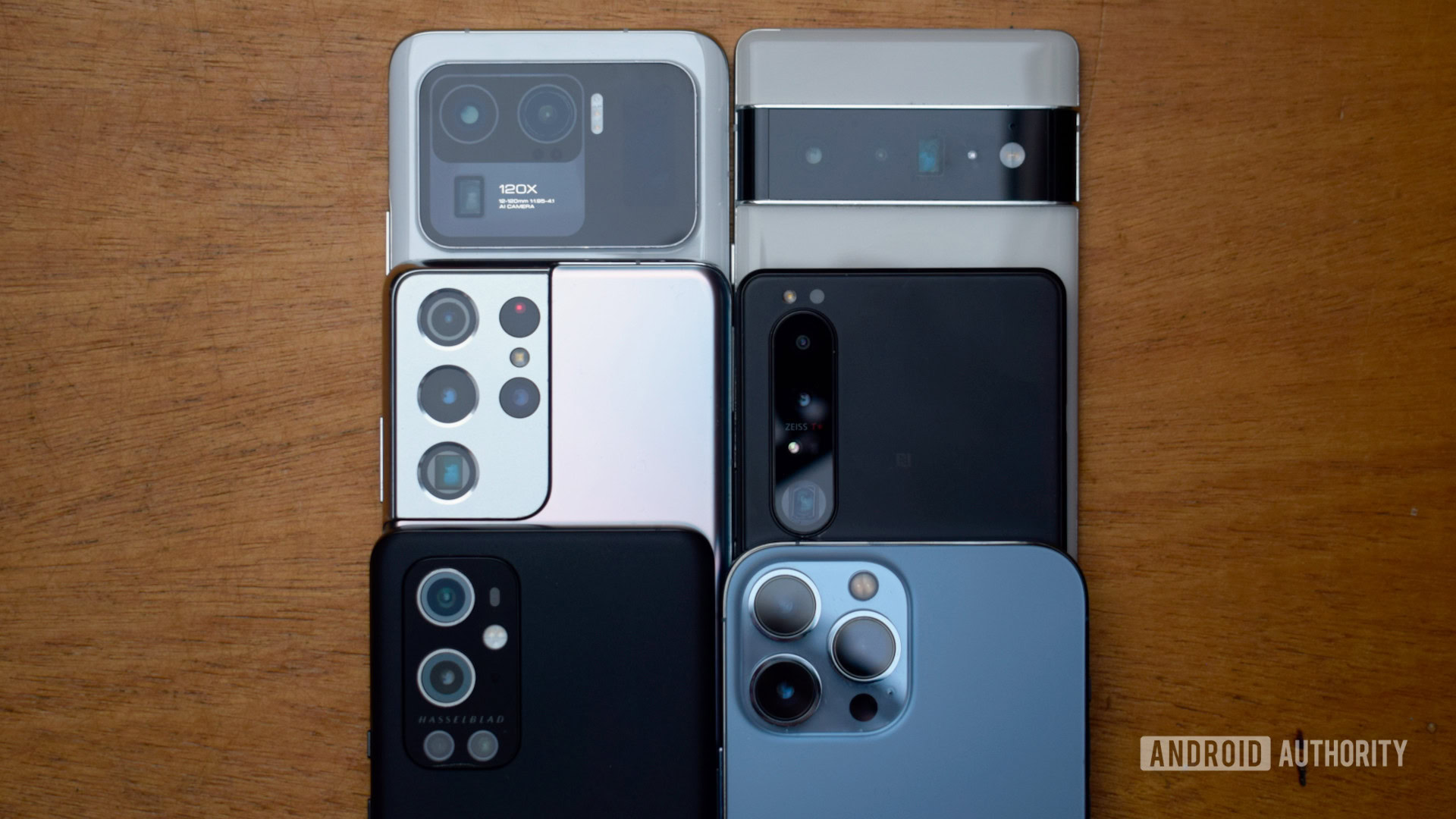
Arguably, the camera system is one of the most important elements of a great smartphone, and in today’s market, it’s moderately difficult to find a device that delivers a poor camera experience — especially at the premium level. That being said, there are a couple of tips you should consider when looking into the camera features of a smartphone.
To start with, don’t let raw specifications fool you, as those don’t necessarily equate to good camera quality. Many companies have high megapixel count sensors on their cheaper devices, but they don’t correlate to better image quality — the software that’s behind the camera is arguably as important as the hardware, if not more.
Take Apple’s iPhone 14 series as an example. The iPhone 14 Pro has a 48MP main sensor, compared to the likes of Samsung’s Galaxy S23 and Google’s Pixel 7 phones, which have a 50MP main sensor. The iPhone still manages to keep up in terms of quality and sharpness. It’s only once all else is equal that you can count on high megapixels delivering superior detail and cropping potential.
Don’t let the specifications fool you, as those don’t necessarily equate to good camera quality.
As mentioned, software is where a lot of the magic is. Google’s Night Sight and Apple’s Night Mode, for example, utilize computational techniques to deliver great low-light photos. When considering a device for more specific features like low-light performance, it’s always a smart idea to check photo samples online. More expensive phones usually win over more price-conscious models in this area, but certain devices like the mid-range Google’s Pixel 7a offer tremendous low-light performance considering its launch price of $499.
Another aspect of the camera system you should consider is whether you require a telephoto lens. Many devices like the Pixel 7 or the iPhone 14 are limited to regular wide and ultrawide lenses, while the Pro variants of these phones add a telephoto. That allows you to get closer to a subject without having to physically move — you also benefit from “flattening” which makes your subject more prominent against the background.
In day-to-day usage, you might not find yourself needing a telephoto, since most phones today have excellent main sensors that let you digitally zoom in and get decent images. But one of the primary rules of photo composition is to “fill the frame,” and the best way of accomplishing that while preserving detail is still a telephoto. A blurry, pixelated crop of scenery or a concert stage isn’t of much interest to anyone.
Keep in mind that as with megapixels, more cameras don’t automatically translate to better images. You can find a few cheap phones on the market that come with as many as four cameras, while several mid-range and premium phones may only have two or three. It makes more sense to get a phone with two great cameras than one that offers four mediocre shooters.
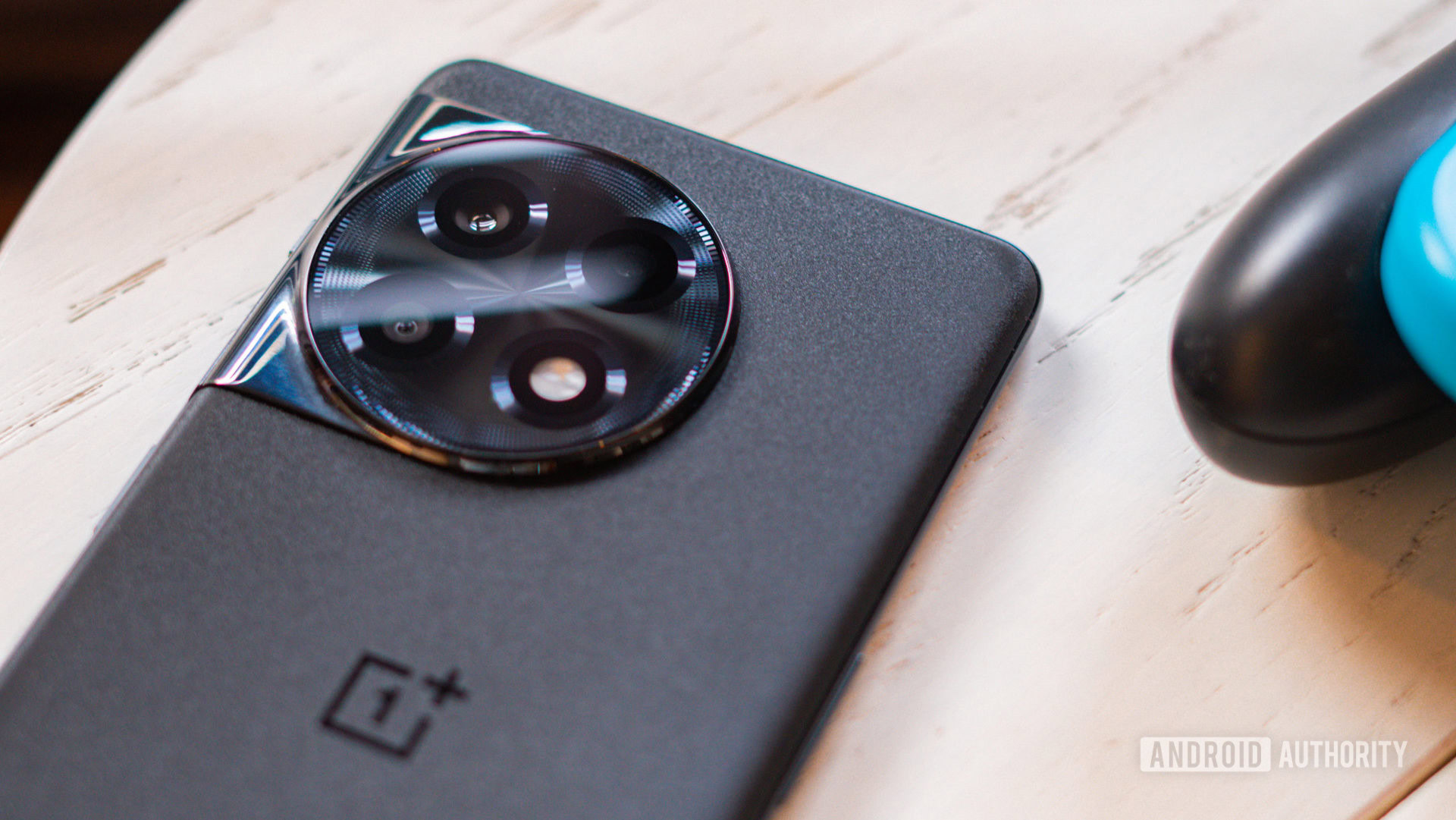
Evaluating a phone camera’s software is a hard thing to do, especially since the look of the final results is highly subjective. Different phones have a certain aesthetic to their photos and videos. Samsung devices, for example, have punchier colors, while Pixel phones have a more contrasty HDR look to them. Which is better often comes down to personal preference.
We recommend you check out camera breakdowns and comparisons to get a better grasp of what you require out of your phone’s camera. For example, the iPhone 14 shoots some of the best videos on a smartphone, while the Pixel 7 and Samsung’s Galaxy S23 series offer superior photo capabilities and features. Figure out which camera features are important to your needs and determine which devices offer the best experience.
Display
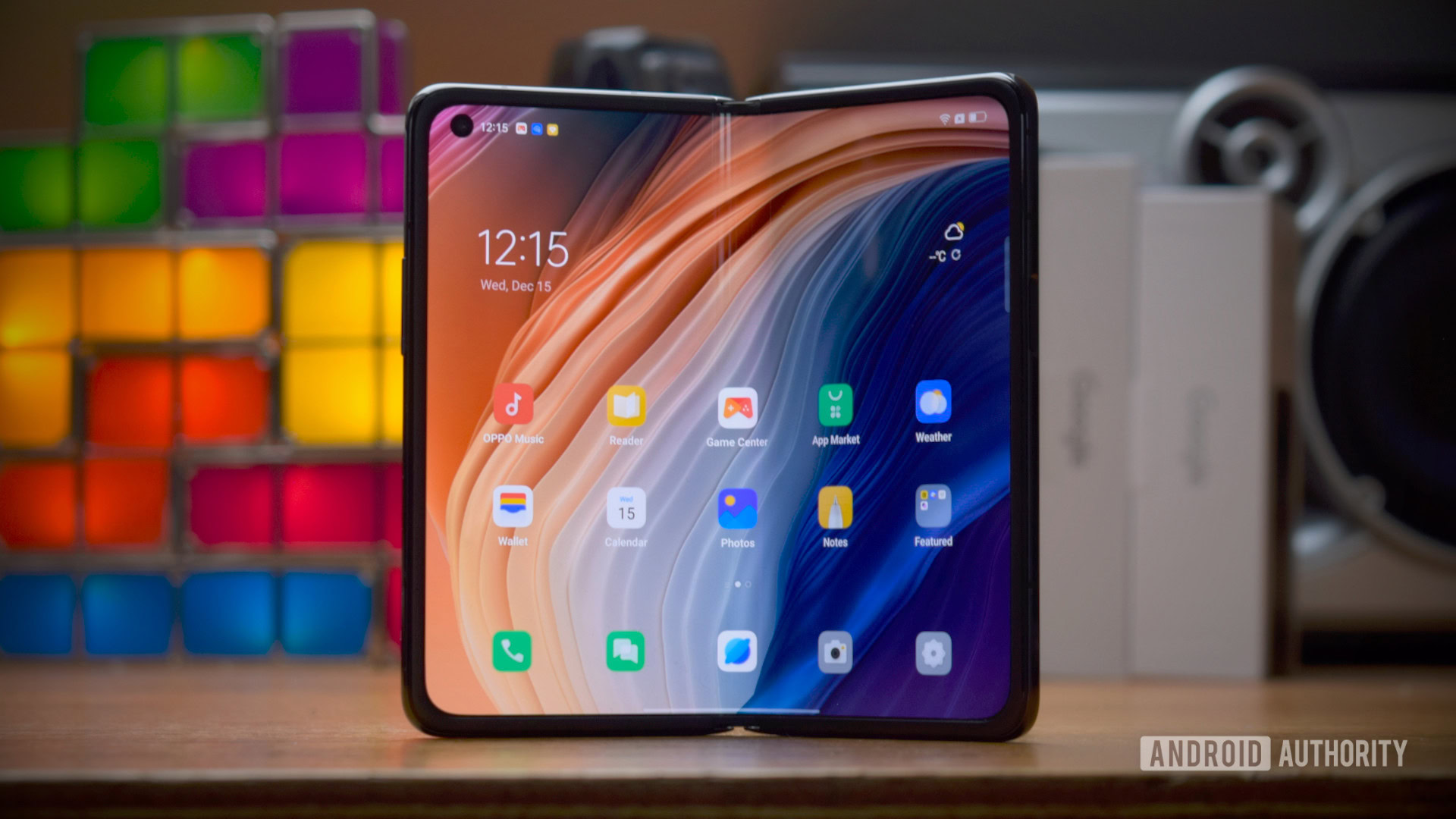
The display may potentially be the most crucial aspect of the phone experience. It is, after all, the component that lets you interact with the device, and you’ll be staring at it for hundreds or even thousands of hours.
Screen resolution determines how sharp text and images appear. Most devices today either have a resolution of Full HD+ (around 2200×1080) or QHD+ (2560×1440). Some devices, like the Sony Xperia 1 IV, offer displays that go all the way up to 4K, but for most people this is overkill. 4K is often hard to discern on TVs under 55 inches, much less a phone.
You’ll likely see HD (720p) displays on cheaper devices. This is largely to keep the price down. Just keep in mind that when comparing a 720p panel to a Full HD+ panel, you’ll notice a disparity in quality. However, lower screen resolution can potentially benefit the device by providing better battery life.
A phone with a Full HD+ display is best for most people.
We certainly recommend getting something with at least a Full HD+ resolution, especially if you plan on watching a lot of videos. If you only use your phone for calls, texts, and some light web browsing, an HD screen will be enough. For those who want the best, QHD+ or 4K is the way to go, although the difference between those two and a Full HD+ display is not nearly as big as the difference between a 720p and a Full HD+ panel.
Another display aspect to consider is refresh rate. This refers to the number of times a display can output a new image per second. A higher refresh rate translates to a more fluid and responsive display. This is quantified via the metric of hertz (Hz). Many devices have screens that are 60Hz, but more recently, smartphone screens are adopting faster refresh rates of 90 and 120Hz.
A faster refresh rate tends to make a device feel smoother, since it responds quicker visually, even if you’re just swiping through Reddit or your home screen. This is most important when gaming, given that higher framerates can translate into better reaction times. The ASUS ROG Phone 7 can reach an absurdly fluid 165Hz.
Bear in mind that things like cameras, battery, and resolution are more important than refresh rate for most people, so it’s not the end of the world if you go with a phone with a 60Hz display. It won’t look sluggish.
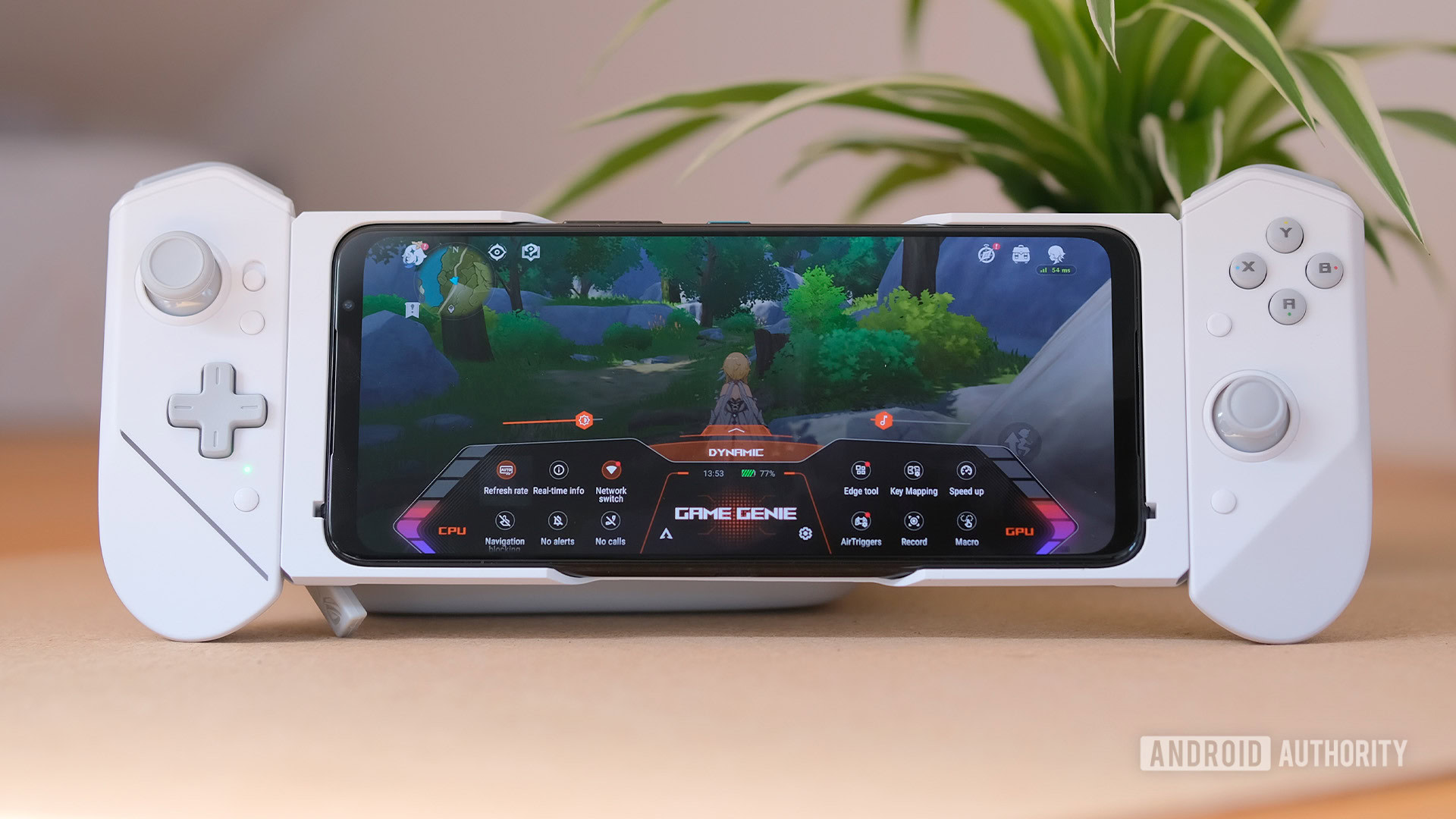
The display technology of a screen also matters. Many devices today either have an LCD or OLED display. LCDs have a backlight that lights up the whole screen, while an OLED screen doesn’t require a backlight, since it can illuminate on a per-pixel basis. This means OLED panels will give you deeper blacks and higher contrast compared to LCDs. The tradeoff is that OLED is usually found on more expensive devices, and can be prone to long-term issues like burn-in. Burn-in occurs when a screen displays the same image or set of stationary pixels for a prolonged time, causing the screen to discolor and make a ghost image in the process. LCDs are susceptible to burn-in as well, but the risk is negligible by comparison.
Of course, it’s hard to talk about smartphone displays without talking about unusual form factors, most notably waterfall displays that curve around the side of a device, or foldables that have a flexible display. Curved displays are mostly for aesthetic purposes, but do note that these panels are notorious for accidental touch inputs. If you like how they look, go for it, although we think that flat displays offer a better experience overall.
Foldables like the Samsung Galaxy Z Fold 5, Galaxy Z Flip 5, or Oppo Find N2 series are of course defined by their screens, and the Z Fold in particular enables tablet-like screen space in something that fits in your pocket. Because the technology is new, foldables are still quite expensive, although they are getting more affordable.
A problem with foldable displays for some people is the crease in the middle, which can be quite visible, especially in a well-lit environment. Ironically, they also feel quite cheap due to the materials used — they aren’t made of glass, since glass can’t fold. We’d strongly advise you to try out a foldable in a store before buying.
Performance
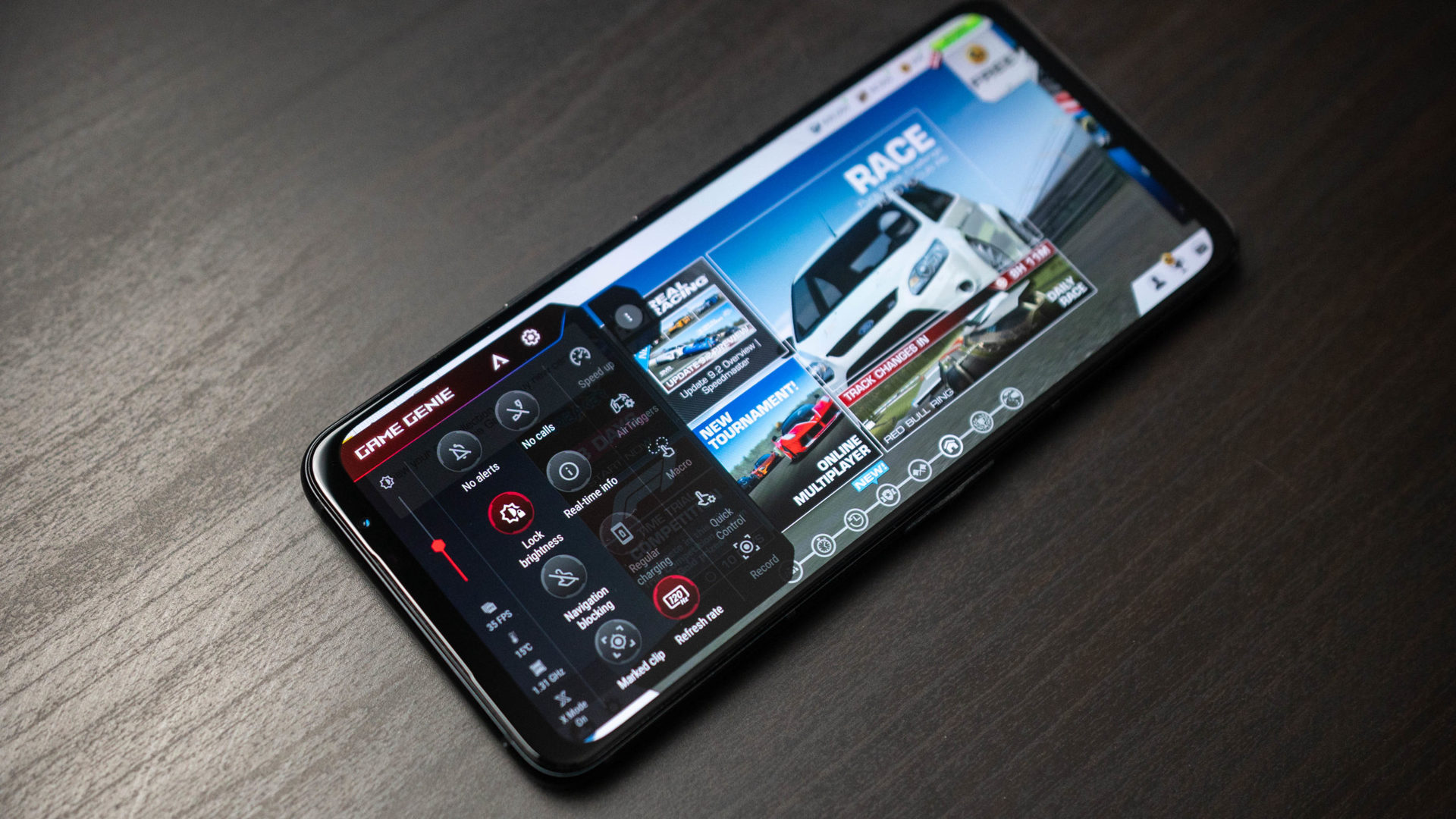
The performance of a smartphone determines the capabilities and longevity of the given device, and in today’s market, you’ll find a wide range of phones that can vary in terms of their chipset choice, storage capacity, and RAM.
Synthetic benchmarks let us quantitively compare performance, but these don’t necessarily show us how a device functions in the real world. Apple’s iPhones are a great example. They tend to ship with less RAM than their Android rivals, but because of how well-integrated iOS is with Apple’s chip design, iPhones tend to perform on par or even better.
Choosing a smartphone solely on specifications is generally a bad idea. Instead, focus on what you need a device to do, and use that assessment to gauge how much performance you need.
If you’re a heavy multitasker, choosing a device that has more RAM capacity is a good idea, especially since Android devices generally run better on more RAM. We recommend devices that have at least 8GB. If you’re more of a casual user, 6GB of RAM should be sufficient. For power users, you’re looking at 12GB or more, though 16GB is probably excessive. A phone doesn’t need as much as your laptop.
In terms of storage capacity, most devices today ship with 64 or 128GB as a base tier. If you’re someone who takes a lot of photos and videos, or just has a large app library, insist on 128GB or more unless a phone has a microSD slot. You can gauge how much you need by checking the amount of data you have on your phone right now. If you want room to breathe, you may need 256GB, 512GB, or even more.
Choose carefully, because the vast majority of phones today don’t support expandable storage. You can potentially get around this by relying on cloud storage options such as Google Drive and Photos, but keep in mind that Google only offers 15GB of space for free.
Qualcomm is the king of SoCs, especially in the premium market.
Onto the SoC (system-on-chip), which is what will determine how well your device will run. Mid-range SoCs such as the Qualcomm Snapdragon 765G can provide a smooth experience while keeping costs down. These chipsets deliver reliable performance that will let you run most apps and games quite well.
A flagship SoC like the Snapdragon 8 Gen 2 can potentially expand the capabilities of your smartphone, say by letting you record 8K video. It can also handle advanced computational photography and the most demanding Android games. Apps should feel quicker in general, and you’ll have headroom as demands increase.
Many flagship phones have flagship chipsets. Qualcomm usually rules that roost, but recently there’s been a trend amongst companies to go out and create their silicon to better integrate hardware and software experiences. Samsung has enhanced its Exynos chips to offer better graphical performance, and Google’s Tensor chips are powering the Pixel lineup.
If you’re a casual smartphone user, chances are that mid-range options will lend you plenty of power without savaging your wallet. Qualcomm’s 600 and 700 series and MediaTek’s Helio chips can be found in many mid-range and budget-oriented devices. These chips are well optimized for day-to-day tasks, but you’ll miss out on fancy features such as higher resolution video recording or faster gaming. MediaTek also has a few high-end chipsets under its Dimensity brand, although Qualcomm is still king when it comes to the premium market.
Battery
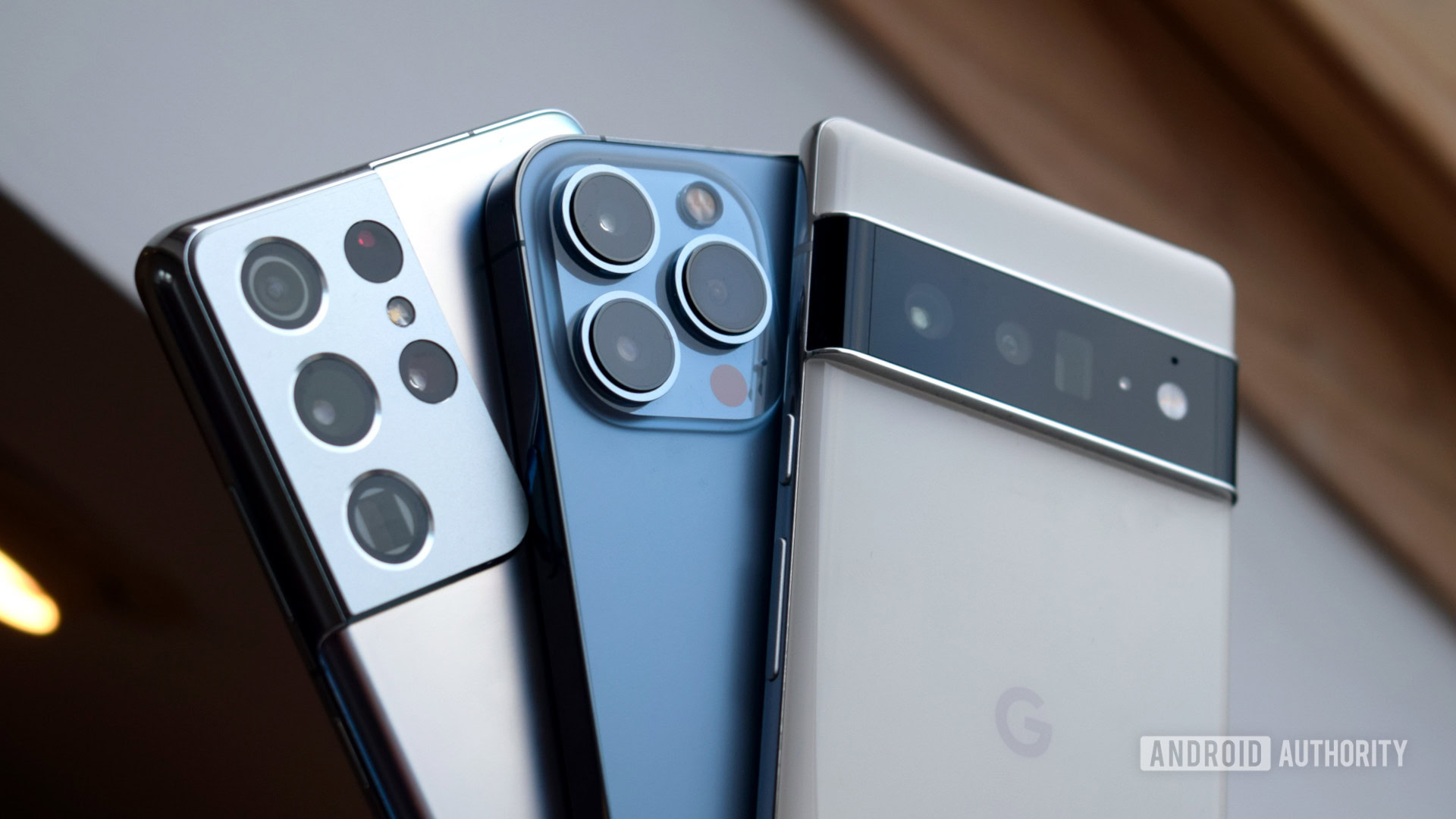
Choosing a device with a good battery experience means finding something that lasts close to or over an entire day of usage, but is also can charge reliably and quickly.
Bigger phones typically have bigger batteries, but optimization is an important factor to consider. Owing to Apple’s power-efficient A-series chips, iPhones can have incredibly reliable battery performance despite having smaller cells than competing devices. A phone with a dynamic OLED display, able to shift from 120Hz to 1Hz, may do better than another OLED model locked at 60 or 90Hz. Higher resolutions and millimeter wave (mmWave) 5G are also battery drains.
We recommend reading reviews or comparison guides on the devices you’re interested in to get a better feel for which device delivers the best balance between performance and battery life.
When looking at battery capacities, bigger phones will often get you bigger batteries, but battery optimization is also an important factor to consider.
Charging speeds and charging-related features need to be considered too. Many popular phones charge around the 20-30W range, which is decently fast. Brands like OPPO and OnePlus sell devices that can go upwards of 60 or 80W, which can get a device to full charge in less than half an hour.
Lower-end devices typically have slower charging speeds, but it depends on the brand. OnePlus’ Nord 2 supports the company’s Warp Charge 65 platform, which lets the device get to a full charge in less than an hour. Depending on your usage, having a device that can top up quickly might be an advantage worth looking into, though keep in mind that faster charging can degrade your battery over time.
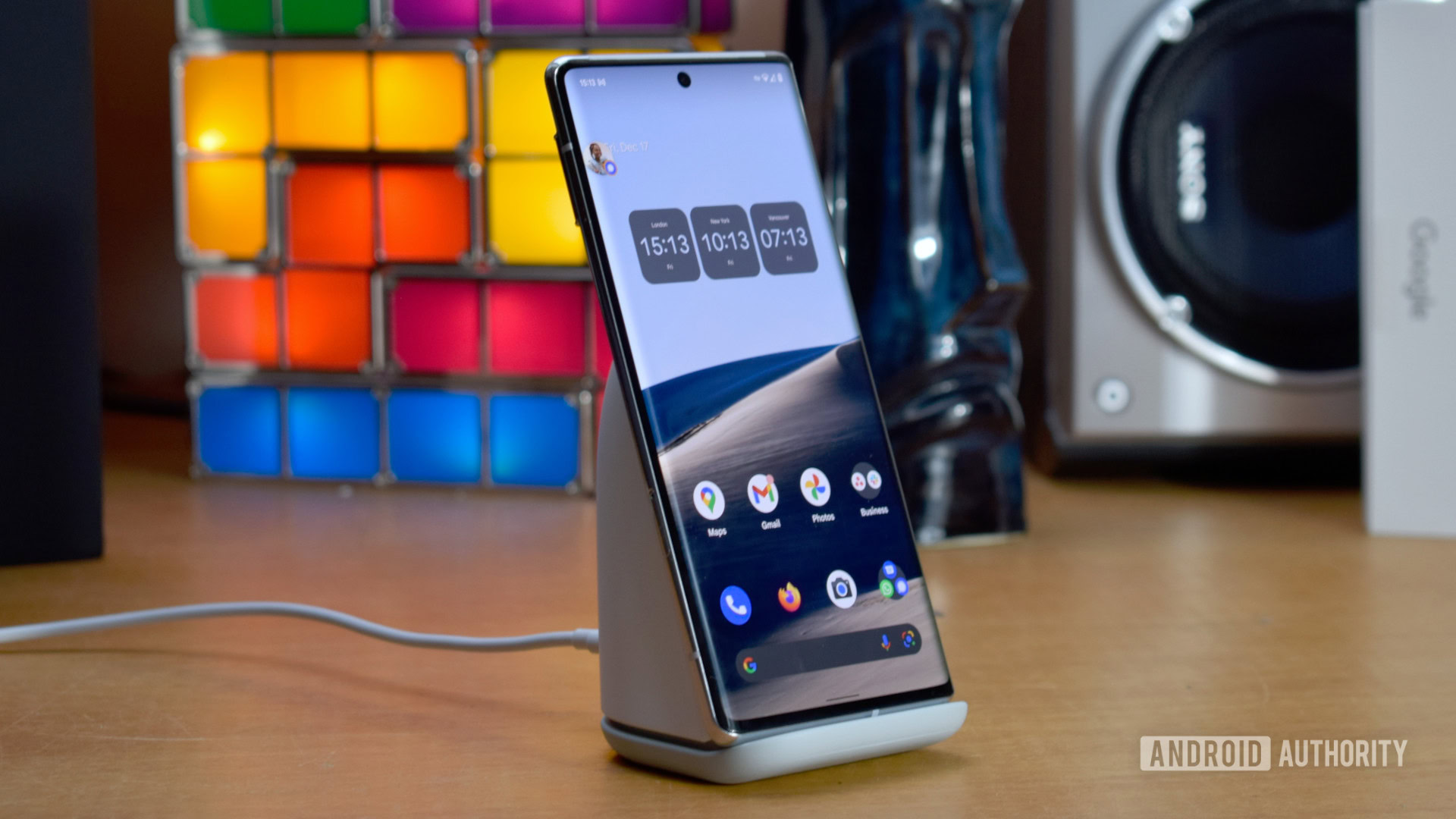
Wireless charging, while not as efficient as standard wired charging, has obvious appeal. Some devices even provide reverse wireless charging, letting you top up compatible earbuds or a smartwatch. That should only ever be used as a fall back though, since it’s putting a strain on your most important hardware.
If you’re a heavy user who spends upwards of five to six hours on your phone, getting a bigger model with a bigger battery might be the best way you can meet your needs without having to tow a charger or power bank all the time. If you’re a lighter user, this may not be as big of an issue for you.
Pricing
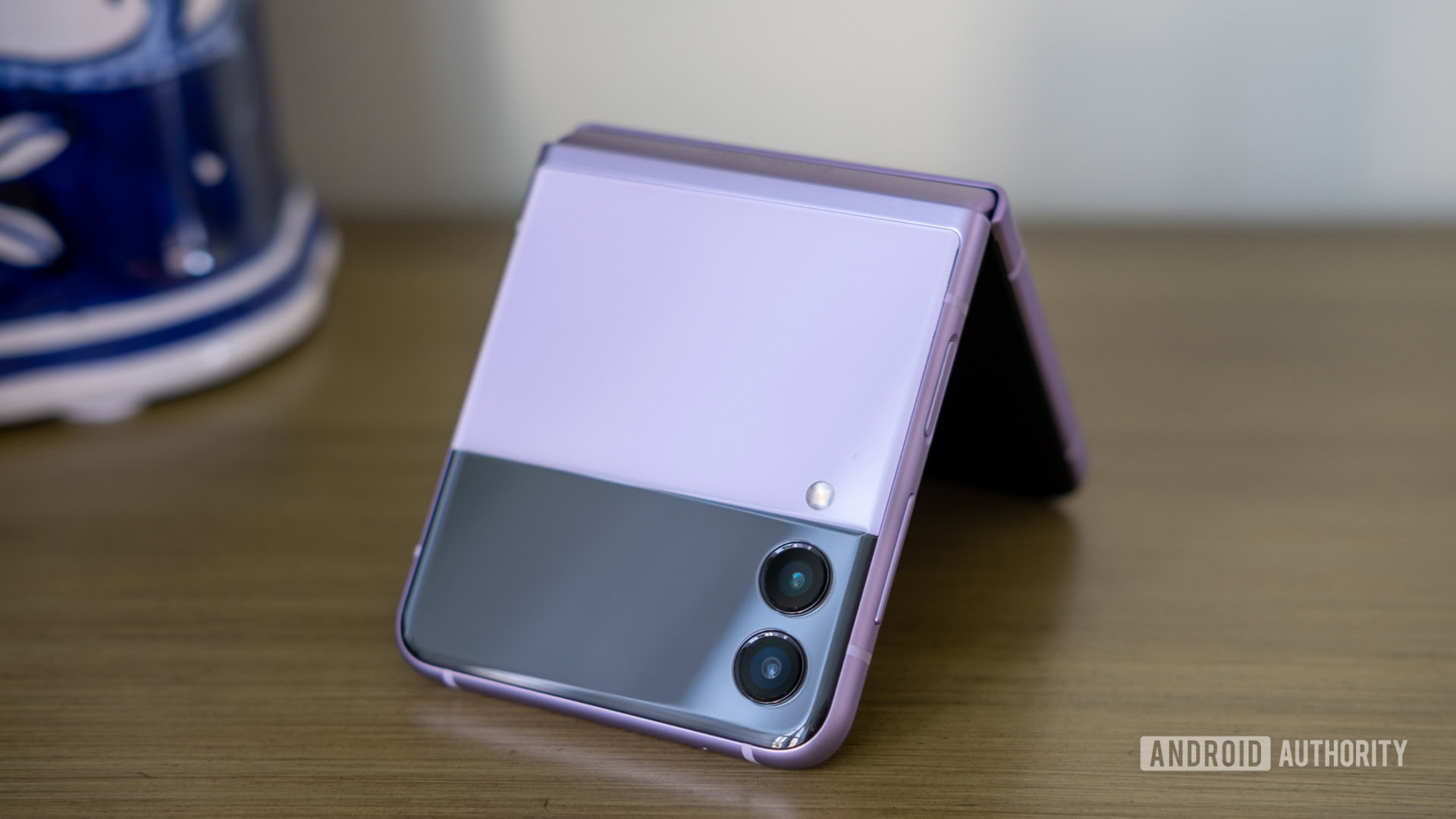
The unavoidable factor when choosing a smartphone is price. Smartphones have four distinct price brackets:
- Budget (~$100-$300)
- Midrange (~$300-$650)
- Entry-level flagship (~$650-$850)
- Flagship (starting at around~$850 and going well above $1,000)
With budget phones, you’re getting the bare minimum. This typically means lower-end specifications and unreliable software longevity. That may be enough, however if all you care about is texts and phone calls. It’s also a good place to start if you’re picking up a device for young children, who may need a way to communicate but can’t yet be trusted with something expensive.
The midrange bracket is for those who want a well-balanced device without wasting money on features they don’t need. We’re talking competitive but mostly average specifications across the board. For people picking up their first smartphone, this is the bracket we recommend looking into.
When it comes to entry-level flagships, they operate as a hybrid between the offerings of a midrange and true flagship device; this means you’ll likely get the benefits of a top-of-the-line processor, camera system, and software experience, without a few features of more expensive phones, like a high IP rating or wireless charging.
The most 'premium' phones cost well over $1,000.
Finally, we arrive at top-of-the-line flagships. These represent the industry’s cutting edge, with features like crazy periscope zoom lenses or ridiculously fast charging speeds. You’ll get the absolute best specs and software support a company can muster — as you should since many flagship phones can cost as much as a laptop. It’s increasingly common for them to top $1,000, and some configurations can approach $2,000 or more, about as much as a desktop gaming PC.
Customers are often tricked into thinking they’re missing out if they don’t have a flagship phone, but it’s important to take stock of what matters. Even if you’re flush with cash, if you’re a hiker or weightlifter, it might more sense to buy a Pixel 7a and put the savings towards a rugged fitness watch like the Garmin Epix Pro.
So, what’s next?
If you’ve made it this far, you now know about the specs and features you have to keep in mind. But just to make your decision a little bit easier, we’ve written up a four-step guide on how to go about buying a new phone.
Step one: Narrow down your options
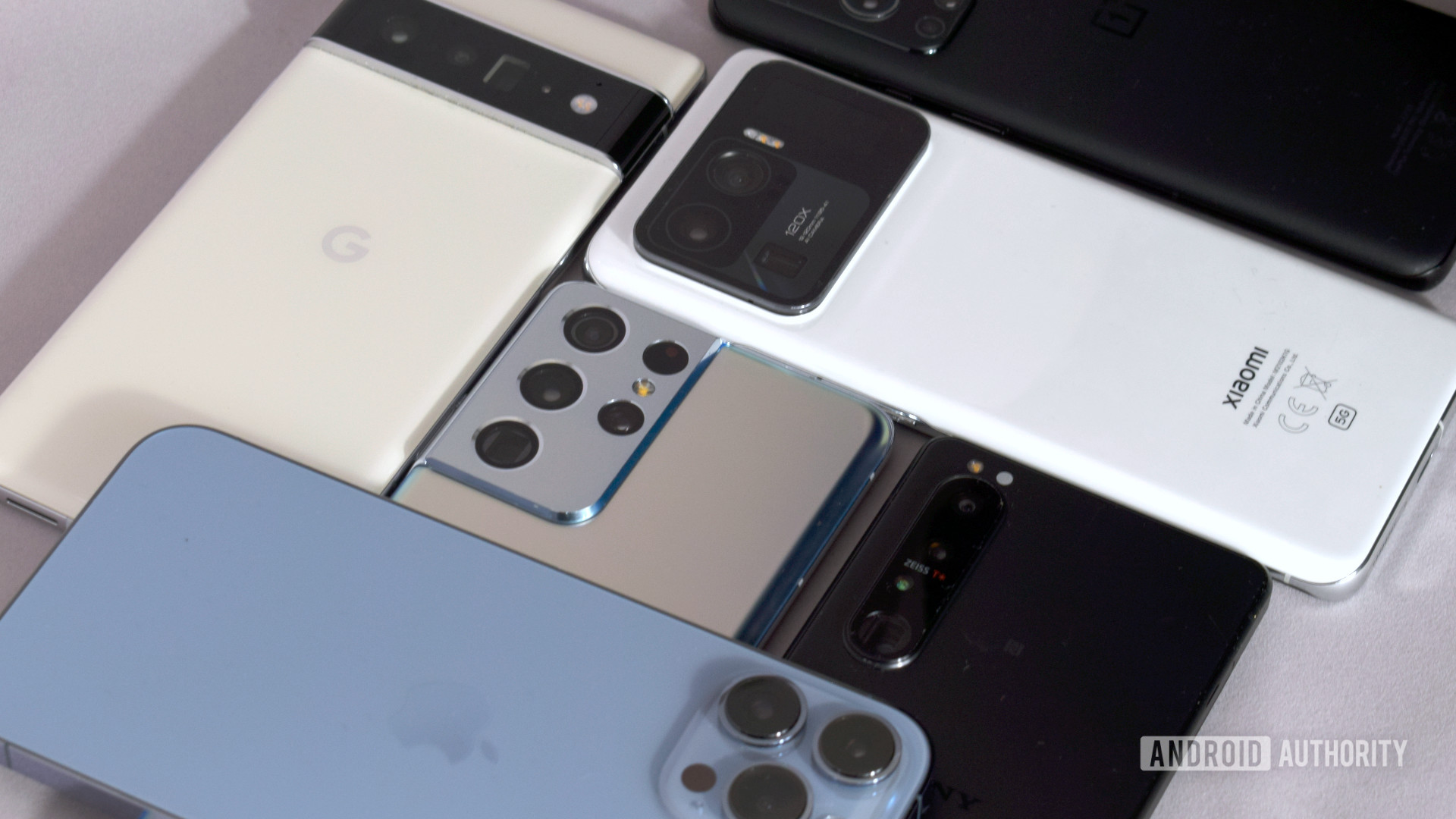
Step number one is to narrow down your options from the hundreds of phones available to just a few. It’s easier than you think. Begin by setting a budget and sticking to it, unless you find the limit you’ve set isn’t realistic. Avoid the temptation to splurge on something that might financial trouble later.
The next step is to decide which features are genuinely important and which ones you’re willing to live without. Just to give you a few examples, if you travel a lot, you may want a phone with a great camera and a large battery. If you care about video quality, a phone with a large Full HD+ or QHD+ display is the way to go. Long-trek hikers may demand something with a strong waterproof rating. Make a list of the features you want in your new phone, starting with the most important ones.
Don't buy a flagship if all you do is make a few calls per day and send a couple of texts now and then.
As noted, people are often lured into buying too many phones. If all you do is make a few calls per day, send a couple of texts now and then, and check Facebook and other social media accounts on your lunch break, buying an expensive flagship like the iPhone 14 Pro or Galaxy S23 Ultra is a waste of money. It’s the equivalent of buying a Ferrari and then driving it to the grocery store once or twice per week. It’s fun, but you’d be better off with something cheaper that has real cargo space.
Once you’ve established a budget and feature list, do some research online to find the phones that fit your needs. We’ve got a lot of great guides on our website that can help you with that, including several best lists. In most cases, you’ll come up with five or maybe even 10 phones that will fit your criteria. That’s OK — you’ll eliminate a few more in the steps to come.
Step two: Get an expert’s take
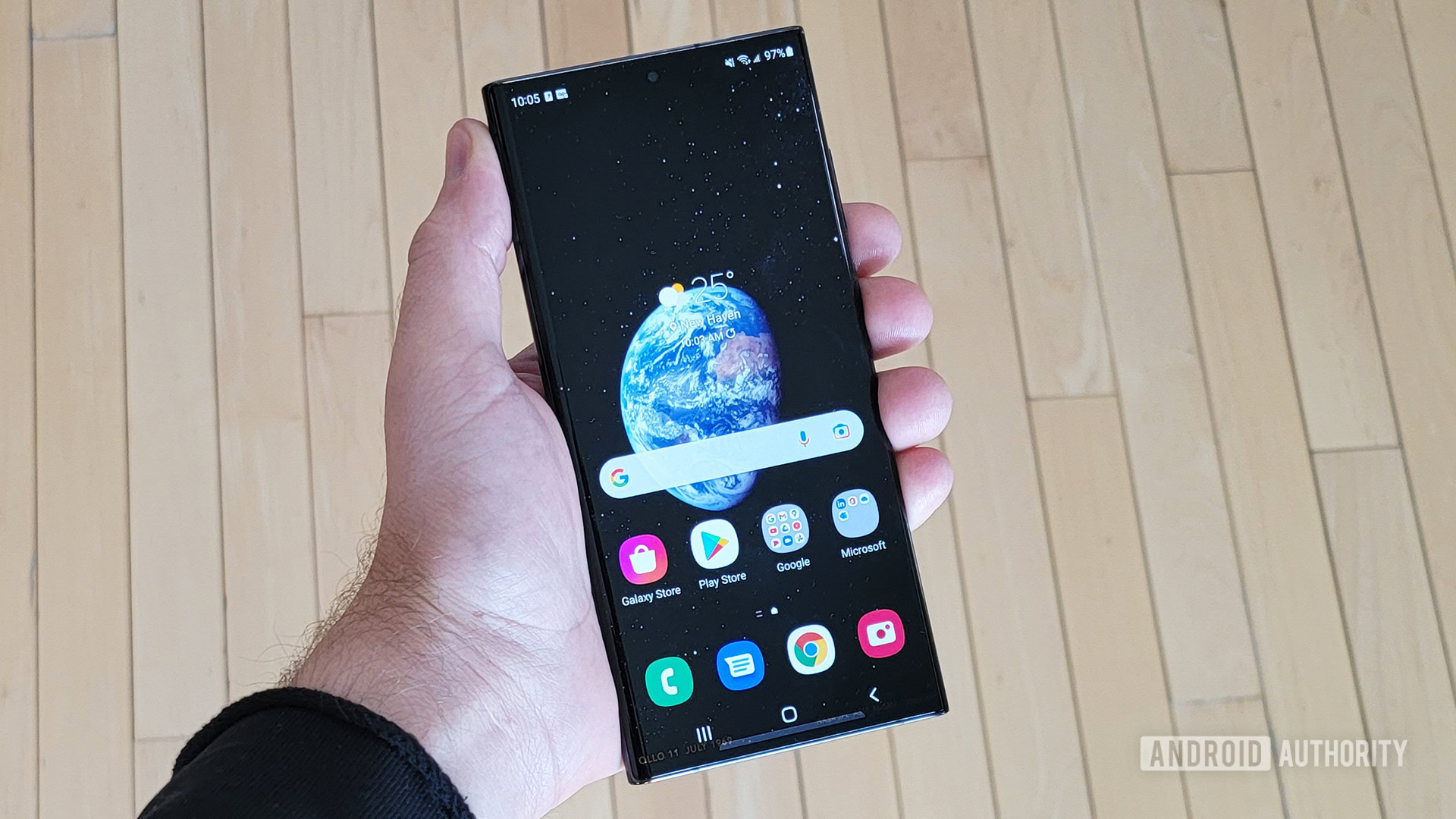
The best way to eliminate remaining options is to learn what experts think via phone reviews on sites like Android Authority. Reviews are always subjective, but you should get a sense of the good and the bad about any product, particularly if you compare reviews from multiple sources.
Reviews will help you separate the wheat from the chaff.
Distrust ads and marketing. Companies will always put the best possible spin on their phones, making features sound revolutionary when they’re just commonplace ones, minor improvements, or outright gimmicks that you’ll use once or twice.
Step three: Go hands-on
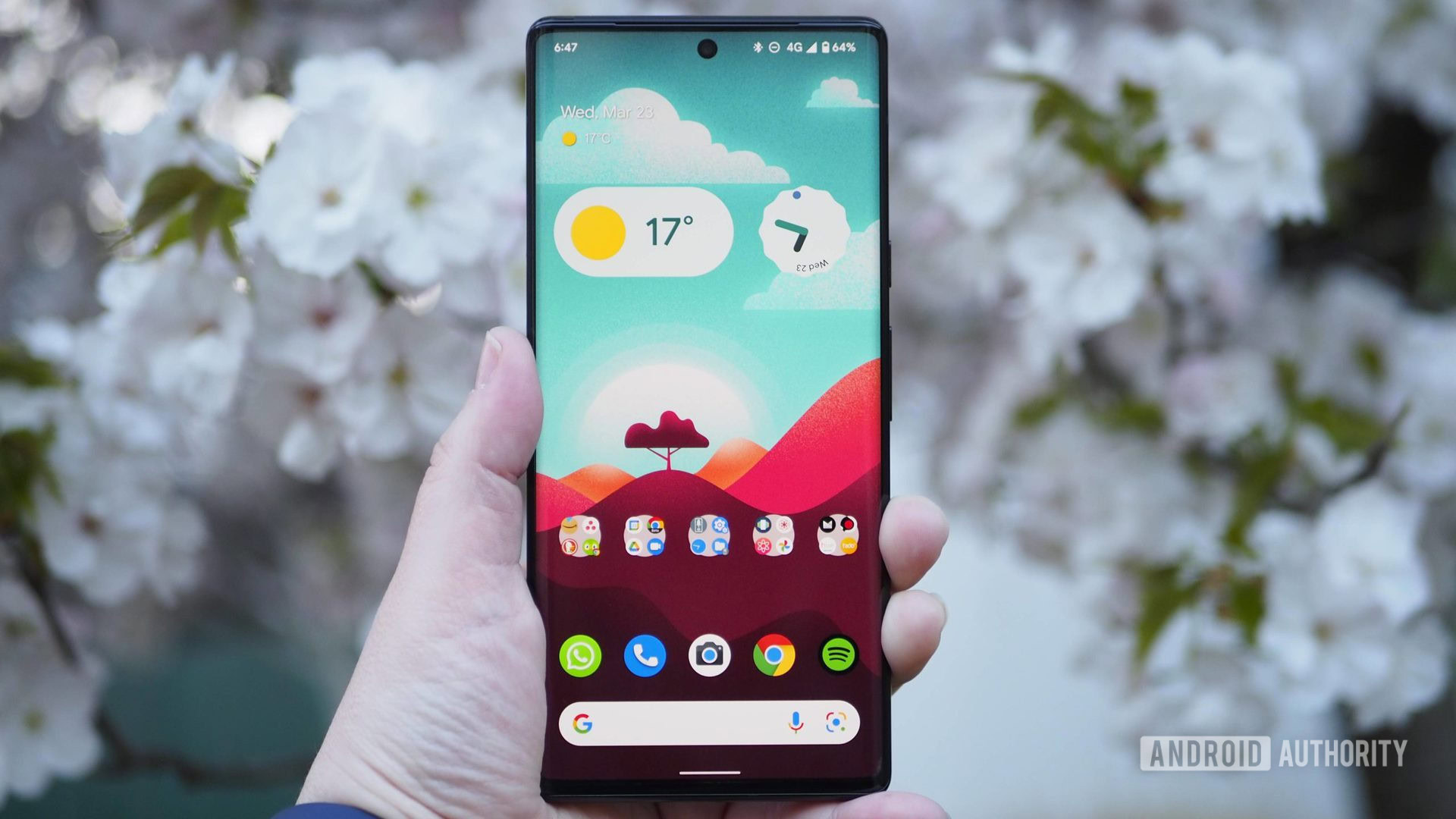
The next step is to go hands-on, which means popping down to your local electronics store and testing things out. Images shared by manufacturers can be misleading, and it’s good to check how durable a phone feels in practice.
You may also be surprised by the importance of size. In isolation bigger is better for tasks like web browsing or watching videos, but you might find a phone is too big for your pocket or purse, or that your hands have to stretch too far to hold something comfortably.
Turn on each device. Try out a few features, test how responsive things are, and take a few pictures. Play around until you get a sense of the overall experience. If two or more devices are still neck-and-neck, just go with the cheapest one, or listen to your gut.
Step four: Time your purchase and shop around
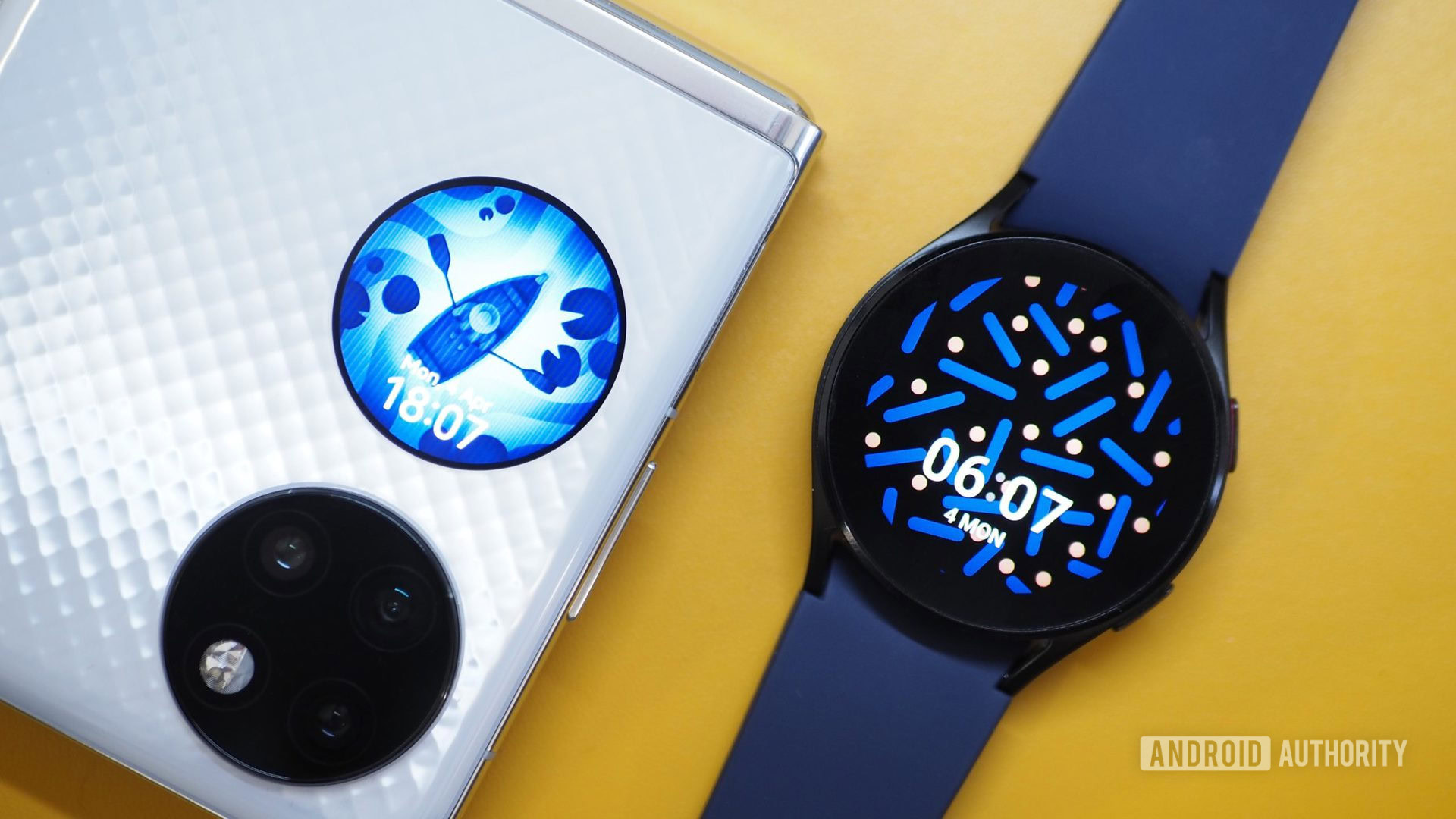
Once you find the right phone for you, don’t just go ahead and buy it at the first store you walk into. A little bit of research could save you hundreds of dollars, as prices can differ a lot from retailer to retailer.
Go online and check prices on Amazon, Best Buy, B&H, Newegg, the manufacturer’s website, and as many other retailers as possible. You may be surprised by the results.
Timing your purchase could save you a lot of money.
Also, make sure you time your purchase. If you’re looking at a new phone that hasn’t yet been released, the best thing to do is pre-order it to get a great deal — most manufacturers offer free goodies including microSD cards, headphones, and other accessories. The worst time to buy a phone is right after it officially goes on sale, as that’s when the price is the highest. And although some phones are rarely on sale, including those from OnePlus and Google, a few manufacturers offer substantial discounts as early as a few weeks after the launch date. We’re talking about hundreds of dollars, here! We’ve seen this happen with Sony and LG devices in the past, for instance.
If you’re looking to get a slightly older phone, do some research and check out when its successor is going to be announced and released. As soon as that happens, that phone could get a big discount.
Take some time, do your research, check out deals, and you just may be rewarded with savings you can then spend on beer, pizza, or accessories for your new handset.
Other tips and tricks you should know
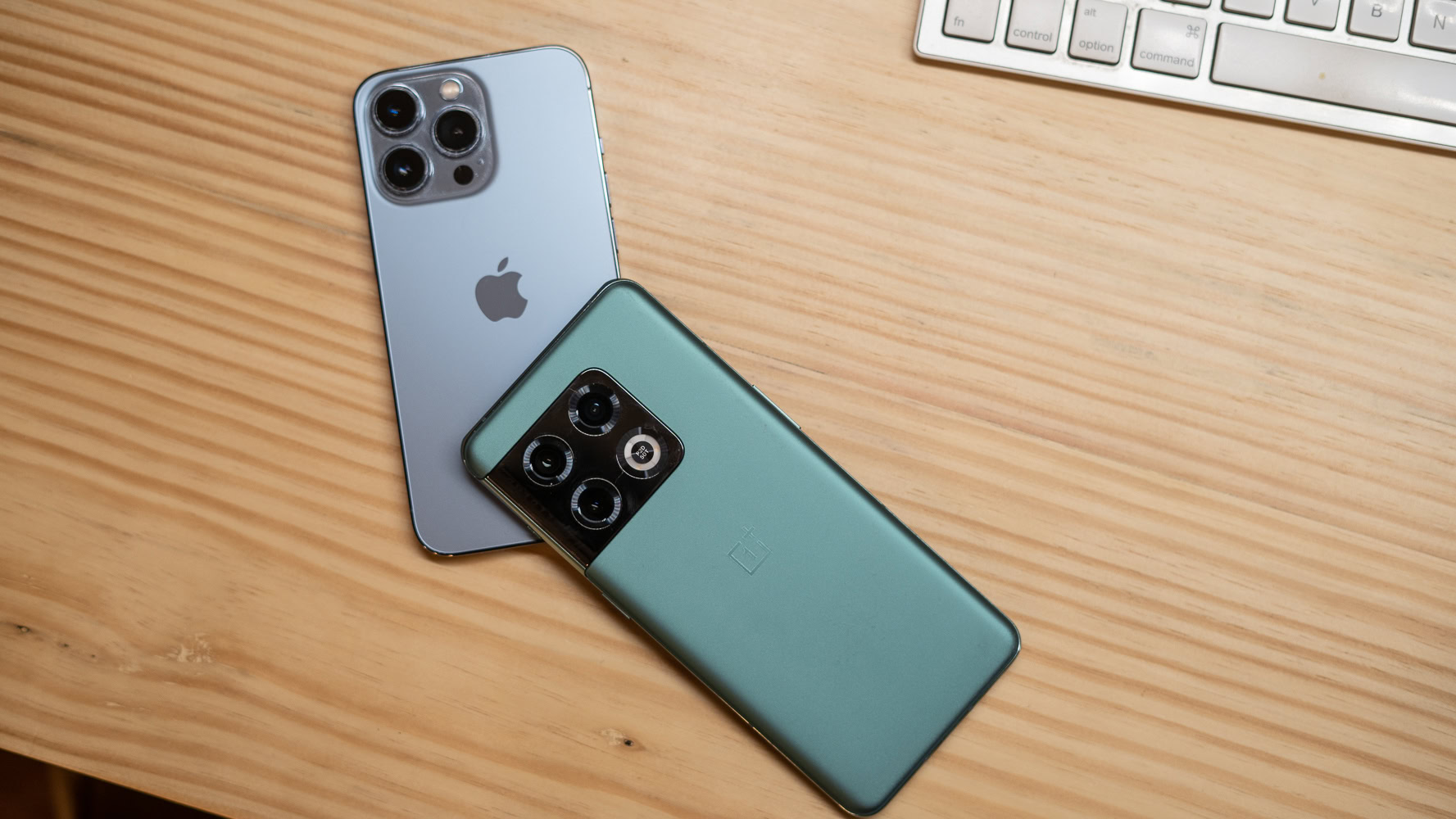
There are a few other tips and tricks you should remember. First of all, don’t be afraid to get a phone from a different manufacturer than you’re used to. Consider different brands, from well-known ones such as Google and Samsung to those you may not be as familiar with, like Nothing or OnePlus.
Just because you may not know much about a certain company doesn’t mean it makes bad phones. As already mentioned, you can quickly figure out whether a certain phone sucks or not by reading reviews. And don’t assume that just because a device is made by a large tech giant it’s without fault.
Consider an older, used, or refurbished phone to save money.
Also, don’t just go for the latest phones out there. Sometimes a year-old or even a two-year-old device might give you everything you need and more for half the price of the latest model. A lot of the time the latest versions of phones are only minor upgrades over their predecessors, but cost a lot more.
If a good deal is what you want, a refurbished or even a used phone may be for you. But when buying used, you should take your time.
And let’s not forget about software. If you want to get the latest version of Android as soon as possible, you’ll have to go with a Google Pixel phone. OnePlus and Samsung are also great at pushing out updates. On the other hand, ASUS isn’t the best in this area, as is the case for many lesser-known Chinese manufacturers.